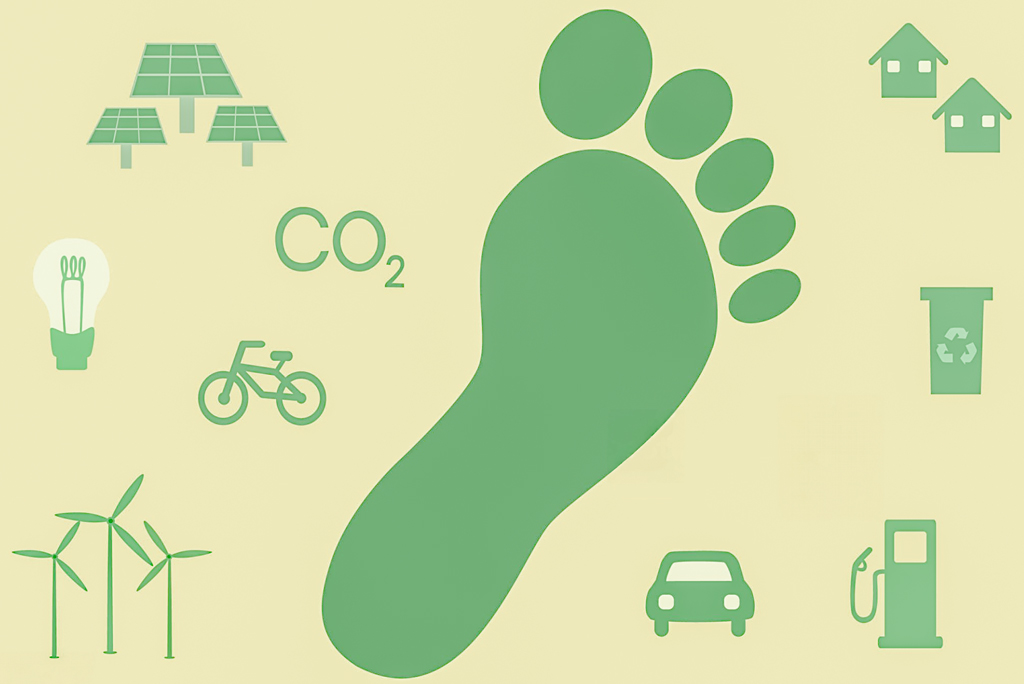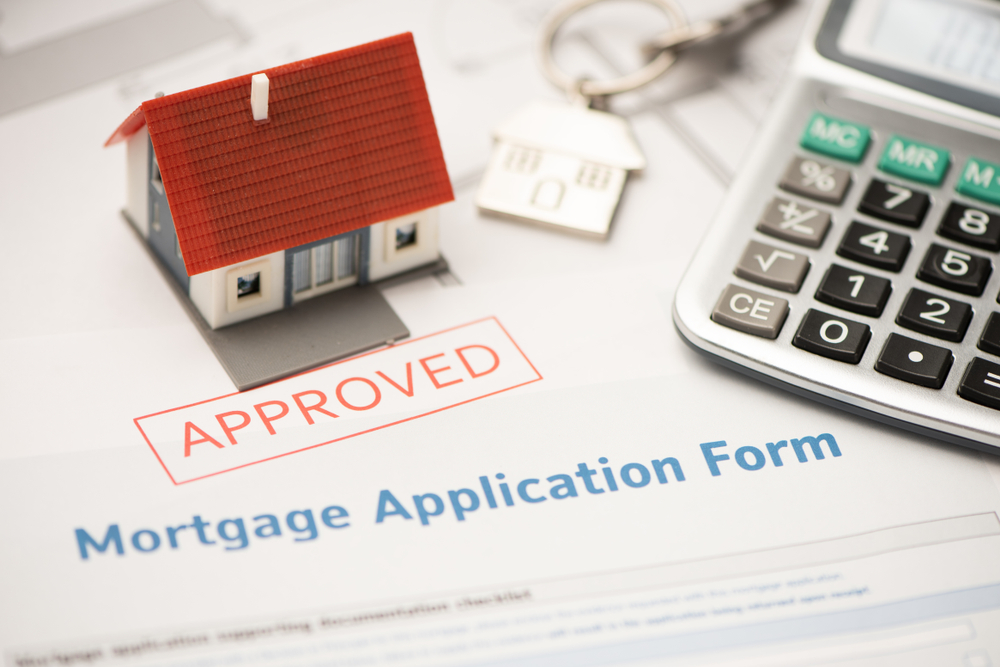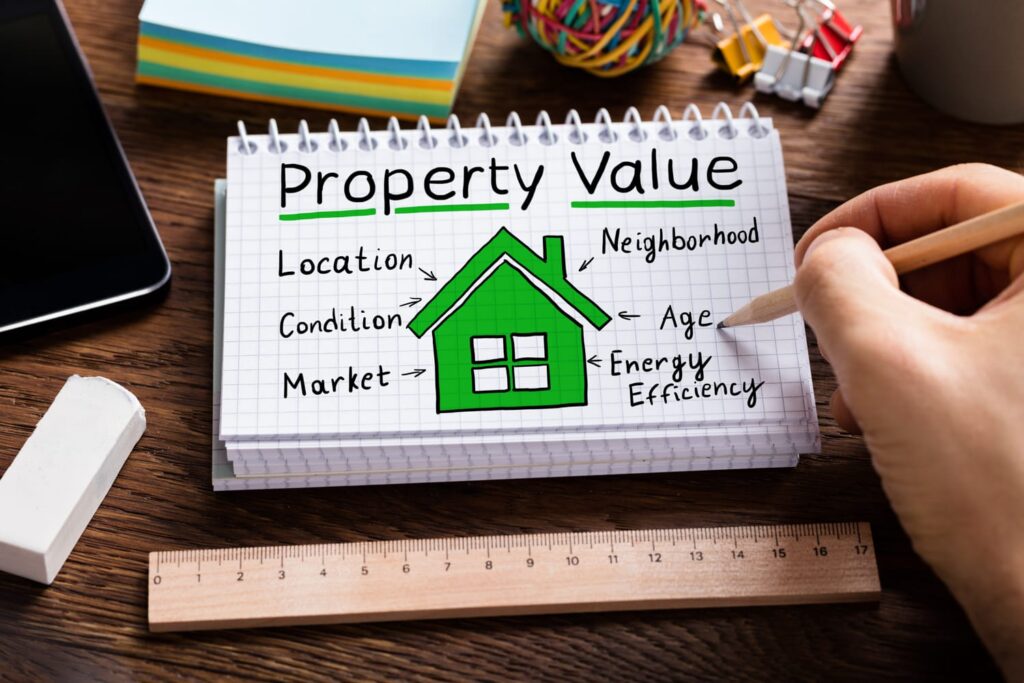When people talk about the cost of a home, most think in terms of listing price, mortgage rates, or monthly utilities. But there is another cost that often gets overlooked: the environmental and financial impact of your daily commute. Whether you are driving solo 30 miles a day or biking just five, your home’s location has a direct effect on your carbon footprint and your budget. Choosing where you live is not just about space and style anymore. It’s about how that choice fits into a more sustainable and cost-efficient lifestyle.
We all know the feeling which is involved in the daily grind of the commute. Whether it’s sitting in bumper-to-bumper traffic or navigating crowded public transport, getting to and from work is a significant part of our lives. But have you ever stopped to consider the hidden costs both to your bank account and to the planet? Choosing the right location for your home isn’t just about curb appeal and square footage; it’s deeply intertwined with your financial well-being and your impact on the environment.
How Commutes Contribute to Your Carbon Footprint
According to the U.S. Environmental Protection Agency, transportation accounts for the largest share of greenhouse gas emissions in the country, about 29% of total U.S. emissions as of the EPA, 2023 report. A significant portion of that comes from personal vehicle use, especially single-occupancy commutes.
As per data every mile driven adds up:
- A typical gas-powered vehicle emits about 404 grams of carbon dioxide per mile
- Commuting 20 miles each way five days a week adds over 4,000 pounds of carbon dioxide annually
- That’s the environmental cost. But what about your wallet?
Your Wallet on Wheels: The Cold, Hard Cash of Commuting
So, let’s talk numbers. Commuting is one of the major household expenses in the U.S. Studies reveal that annual commuting costs can range anywhere from $2,000 to $9,000, and in some major metropolitan areas, these figures can climb even higher as per Zeelo. The U.S. Chamber of Commerce analysis of commuting costs reveals a significant financial burden for Americans. Their data indicates a nationwide average annual wage loss of $5,748.05 due to commuting, which equates to roughly $22.11 per day. This figure encompasses not only direct costs like fuel, tolls, and parking fees but also the indirect cost of lost time. For those who drive alone, which accounts for a significant 68.7% of American commuters as per Coast and these are personal vehicle expenses, including fuel, maintenance, and insurance, can really accumulate over the year. Opting for public transit can offer substantial savings. The average bus commuter spends around $600 annually, potentially saving over $1,400 per year compared to driving.
When you are on the hunt for a new home, factoring in the potential daily, weekly, and yearly commute costs from different locations can significantly impact your overall budget. A slightly more affordable house further away might end up costing you more in the long run due to increased transportation expenses. Consider using online commute calculators to estimate these costs based on specific addresses and transportation modes.
The Invisible Pollutant: Your Commute’s Carbon Footprint
Beyond the financial burden, your daily commute also leaves an environmental footprint. The mode of transport you choose and the distance you travel contribute to greenhouse gas emissions. While calculating the exact carbon footprint of an individual’s commute involves several factors like vehicle type and occupancy, it’s clear that longer commutes, particularly those relying on single-occupancy vehicles, contribute more significantly to air pollution. The goal towards transit-oriented development aims to promote denser, mixed-use development around public transport services and pedestrianization, encouraging a shift away from private cars to reduce carbon emissions.
Source: Deloitte Global
Choosing a home in a location that allows for walking, biking, or utilizing public transport can make a tangible difference in reducing your personal carbon footprint. This not only benefits the environment but also aligns with the growing preference among homebuyers for sustainable and eco-conscious living. Exploring neighborhoods with established infrastructure for active transportation can be a significant step towards a greener lifestyle.
Location, Sustainability: What Buyers Want
More and more homebuyers in the US are prioritizing a healthy and convenient lifestyle, and sustainability plays a significant role in this. The demand for walkable communities remains strong. A 2023 survey by the National Association of Realtors revealed that 79% of respondents said being within an easy walk of other places and things, such as shops and parks, is very or somewhat important when deciding where to live. This highlights a significant preference for locations that offer more than just a house, but a lifestyle centered around convenience and accessibility. Furthermore, proximity to green spaces has become a major consideration for many buyers, with a significant percentage prioritizing access to parks and open areas.
More Than Just Finances and Footprints: The Wider Benefits of Location
Opting for a location that supports shorter commutes, and active transportation offers benefits beyond just your wallet and the environment. Studies have linked longer commutes to higher levels of stress, anxiety, and even reduced life satisfaction. The time spent commuting can also significantly impact your work-life balance, taking away valuable hours that could be spent with family, pursuing hobbies, or simply relaxing.
Conversely, living in walkable and bikeable communities encourages physical activity, improves mental well-being, and fosters social interaction. These neighborhoods often have a stronger sense of community, with more opportunities to connect with neighbors and support local businesses.
Different Housing Types in Sustainable Locations:
It’s also important to note that sustainable and walkable neighborhoods often offer a variety of housing types. From apartments and townhouses to single-family homes with smaller yards, these communities cater to diverse needs and preferences. Buyers willing to consider different types of dwellings may find more options in these desirable locations.
Finding Your Sustainable Spot
When you are searching for your next home take a moment to consider the location’s impact on your commute. Explore neighborhoods with access to public transportation and bike lanes. Consider how close you will be to your workplace, schools, grocery stores, and other essential amenities. Before making a decision, take the time to research commute options and estimate the associated costs, both financial and environmental. Consider test-driving your potential commute during peak hours to get a real feel for the travel time and traffic conditions.
Choosing the right location is a powerful decision that extends far beyond the four walls of your new home. It’s about embracing a lifestyle that benefits your wallet, your well-being, and the planet.
Start your search on Realoq today and discover the possibilities of a more sustainable and convenient future.


